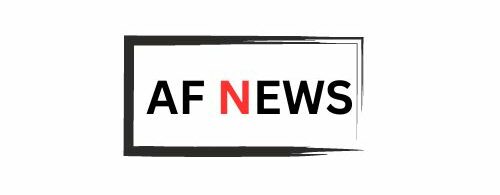In the world of coin collecting, finding a counterfeit coin can be surprising and disappointing. Recently, I came across a counterfeit Liberty Seated half dollar while sorting through my coin collection. This article tells the story of my discovery, the decisions I made about the fake coin, and the reactions from my friends in the coin-collecting community. We’ll also explore what counterfeit coins are, their history, and how collectors deal with them.
Discovering the Fake Coin
While going through a stash of coins I bought years ago, I found an 1858-S Liberty Seated half dollar that I suspected was a fake. If it had been genuine, it could have been worth about $500 to $600. Ron Guth, in “CoinFacts,” mentions that 1858-S halves were produced in San Francisco, with a total of 476,000 minted. According to coin expert Q. David Bowers, these coins are often scarce, especially in circulated condition.
Why I Disposed of the Counterfeit
Even though the counterfeit coin looked real, I didn’t want it to circulate among unsuspecting collectors. So, I decided to throw it into a nearby lake, hoping it would never be found again. I even recorded this act for my Facebook page titled “Medals and Coins Scattered Here and There to Be Randomly Found.”
Mixed Reactions from Friends
My decision sparked various reactions among friends in the coin hobby community. Some found it humorous, while others were concerned.
- Bill Lorman, a coin dealer from Wyoming, joked about the coin looking genuine.
- Bob Cashatt, a retired art director, playfully asked if I had the right coin.
- Matt Dinger, co-host of the “Coin Show Podcast,” imagined someone finding it with a magnet and the confusion that would follow.
- George Cuhaj, curator at the Higgins Museum, humorously warned about scuba divers finding the fake coin.
The Nature of Counterfeits
The counterfeit coin I found was not old like the original; it was likely made in the early 2000s, designed to deceive collectors rather than pass in everyday transactions. Some collectors suggested I keep the fake for study, while others agreed with my decision to dispose of it.
Table: Comparison of Genuine vs. Counterfeit 1858-S Liberty Seated Half Dollar
| Feature | Genuine 1858-S Liberty Seated Half Dollar | Counterfeit 1858-S Liberty Seated Half Dollar |
|---|---|---|
| Year Minted | 1858 | Early 2000s |
| Mintage | 476,000 | Not applicable |
| Market Value | $500 – $600 | Worthless |
| Physical Composition | Silver | Pot-metal |
| Collector Interest | High | Low |
| Rarity in Mint State | Rare | Common |
| Identifying Marks | Mint mark “S” on reverse | No mint mark or incorrect mint mark |
Lessons Learned from Counterfeit Coins
This experience reminded me that while counterfeit coins can look real, they can be harmful to the collecting community. I learned that it’s important to know how to identify fakes and decide how to handle them responsibly.
What to Do with Counterfeits
Coin collectors often have different opinions on what to do with counterfeit coins. Some collectors choose to keep them for educational purposes, while others prefer to destroy or dispose of them to prevent future deception. As I look back, I believe sending my counterfeit coin to the bottom of a lake was the right choice.
Conclusion: The Reality of Coin Collecting
The world of coin collecting is full of surprises, including counterfeits. Whether you’re a beginner or a seasoned collector, it’s essential to be aware of the possibility of fake coins. Knowing how to spot counterfeits and what to do when you find them can make your collecting experience more enjoyable and secure. Remember, every coin tells a story, and even the fake ones can teach us valuable lessons about history and honesty in the hobby.
FAQs
What is a counterfeit coin?
A counterfeit coin is a fake coin that is made to look like a genuine coin, often with the intent to deceive collectors or pass it off as real currency.
How can I identify a counterfeit Liberty Seated half dollar?
To identify a counterfeit Liberty Seated half dollar, check for the mint mark, inspect the coin’s weight and dimensions, and compare its appearance to known genuine examples.
What should I do if I find a counterfeit coin in my collection?
If you find a counterfeit coin, you have several options: keep it for educational purposes, dispose of it to prevent circulation, or consult a coin dealer or expert for advice on handling it.
Why did the author choose to throw the counterfeit coin into a lake?
The author decided to throw the counterfeit coin into a lake to prevent it from circulating among unsuspecting collectors.
Are counterfeit coins common in the coin-collecting hobby?
Yes, counterfeit coins are relatively common in the coin-collecting hobby, especially as technology improves, making it easier to produce convincing fakes.

